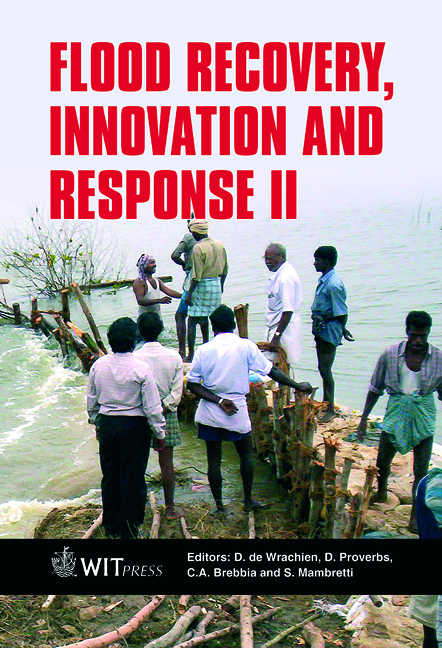Floods In Tabasco Mexico History And Perspectives
Price
Free (open access)
Transaction
Volume
133
Pages
9
Page Range
25 - 33
Published
2010
Size
4,438 kb
Paper DOI
10.2495/FRIAR100031
Copyright
WIT Press
Author(s)
L. Gama, E. M. Ordoñez, C. Villanueva-García, M. Arturo Ortiz-Pérez, H. D. Lopez, R. C. Torres & M. E. M. Valadez
Abstract
Tabasco is located in one of the ten more important basins of North America. One third of all water resources in Mexico passes through here. Flooding events are part of the natural history of the basin; however floods have increased spatially and in magnitude. Data regarding total annual rainfalls as high as 4000 mm are registered regularly within the border of Tabasco and Chiapas. The most important wetlands of Mexico are located here on the low river basin of the Grijalva and Usumacinta rivers. Since ancient times, people in this part of Mexico are related to this flooding system in a variety of ways. A system of dams generates most of the electricity power used on Southern Mexico. Oil exploitation, cattle breeding and agriculture are the main economic activities and are responsible for an important loss of the natural ecosystems and ecosystem services. The objective of this research was to study flooding causes in this area. Geomorphology, climate, topography, hydrology and soil maps were constructed. A historical review of floods, river courses, and land use as well as an analysis of meteorological data were performed. Ecosystem vulnerability was evaluated. Results show that there has been a loss of 90% of the original biodiversity of tropical forest due mainly to farming and poor cattle management activities. Road infrastructure, unplanned urban growth and oil exploitation infrastructure has caused an important impact especially on the hydrodynamics and coastal areas. Extraordinary events with more than 200 mm in 24 hours are more common each year. The amount and intensity of floods today has increased and put at risk a great number of the population. Climate change
Keywords
Mexico, floods, climate change, dams, wetlands, extreme precipitation, rivers





